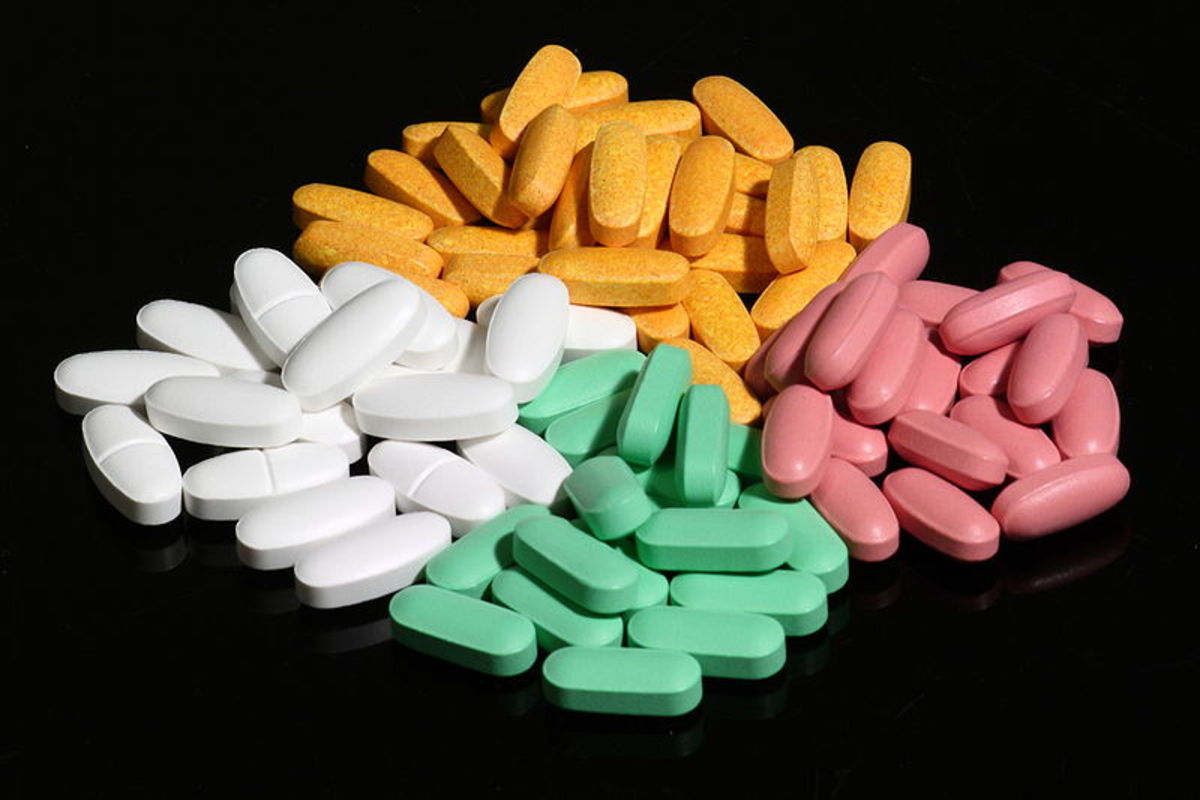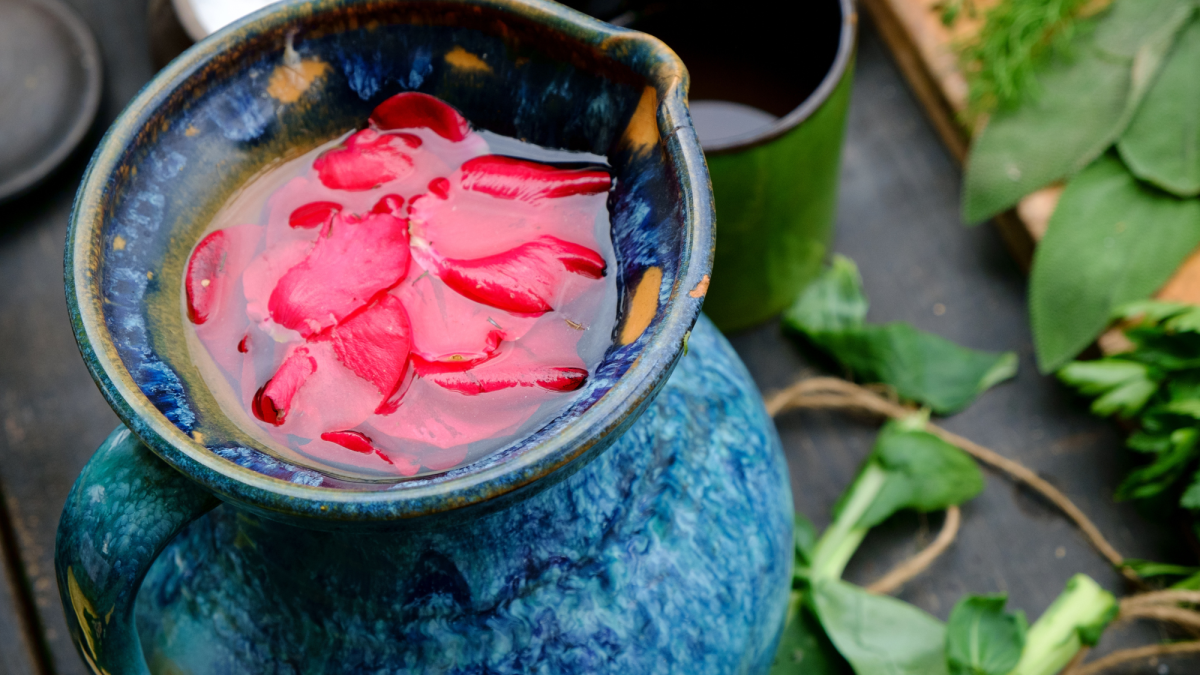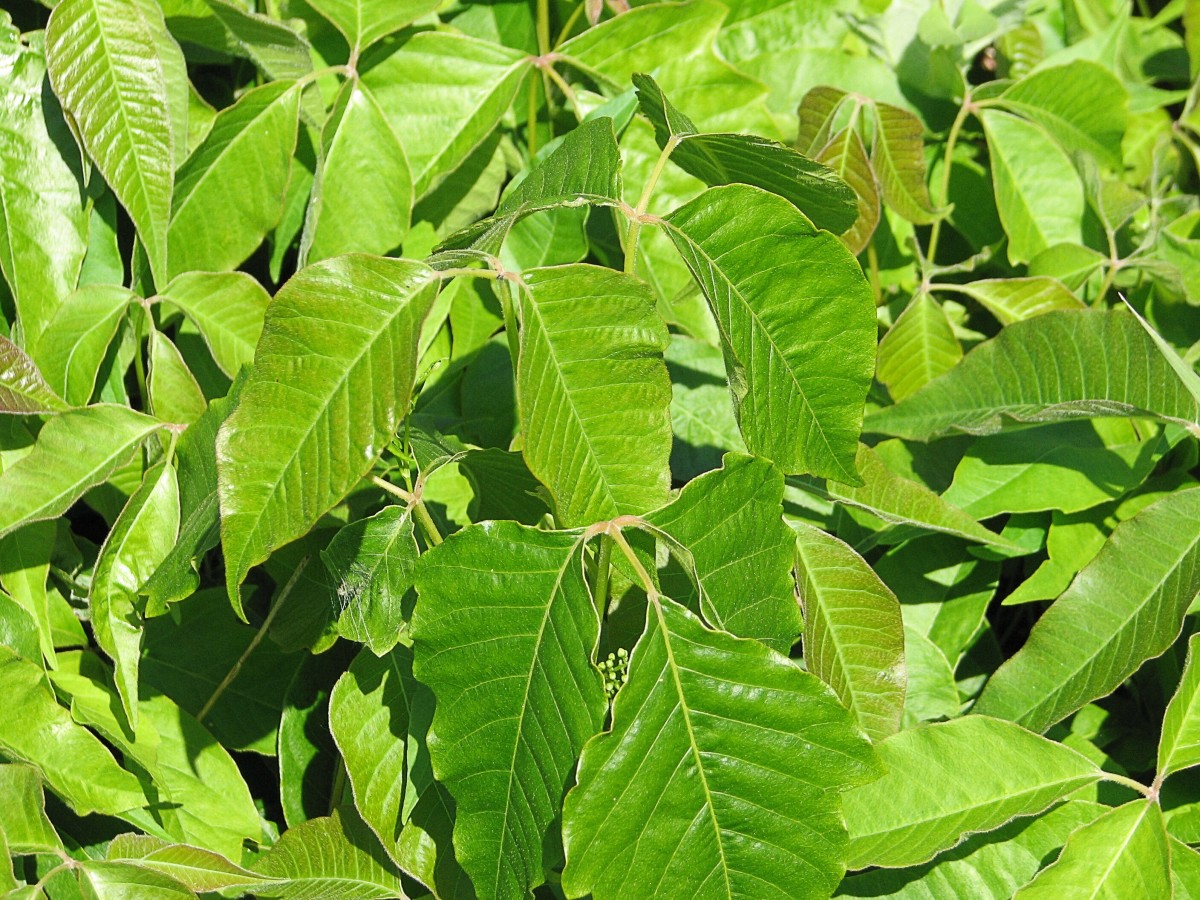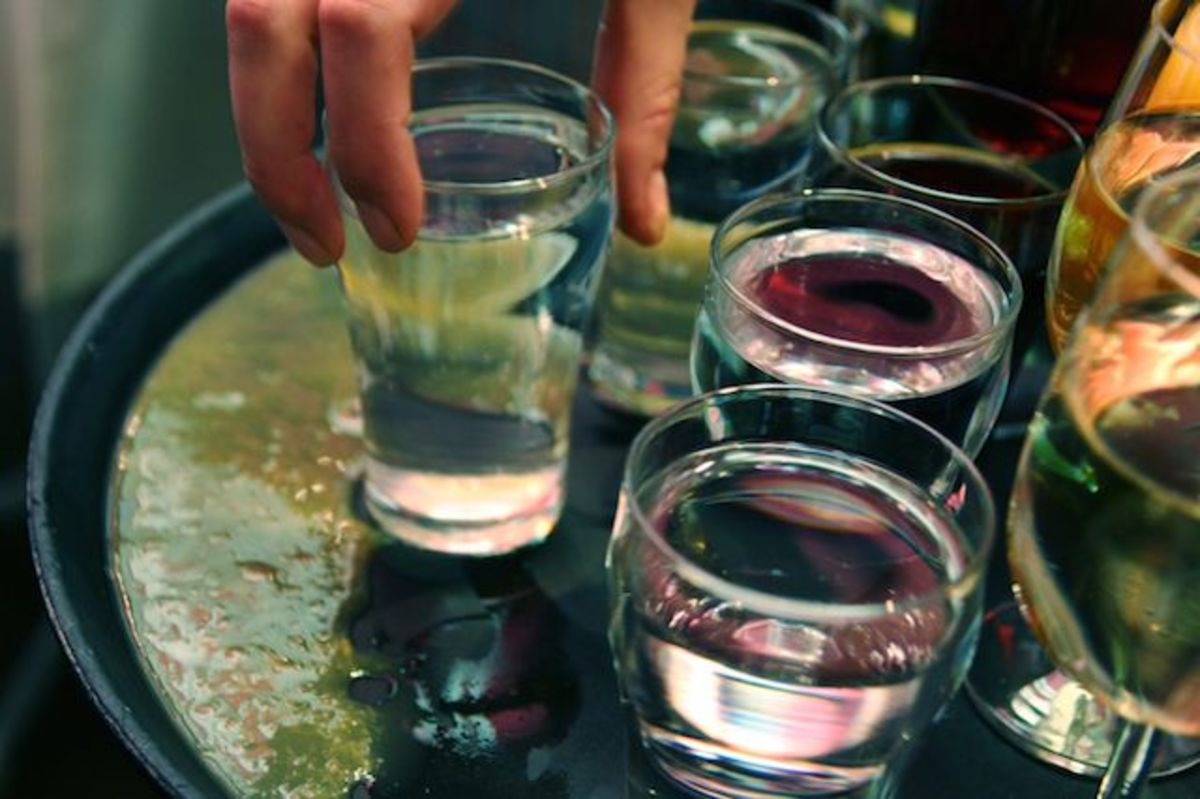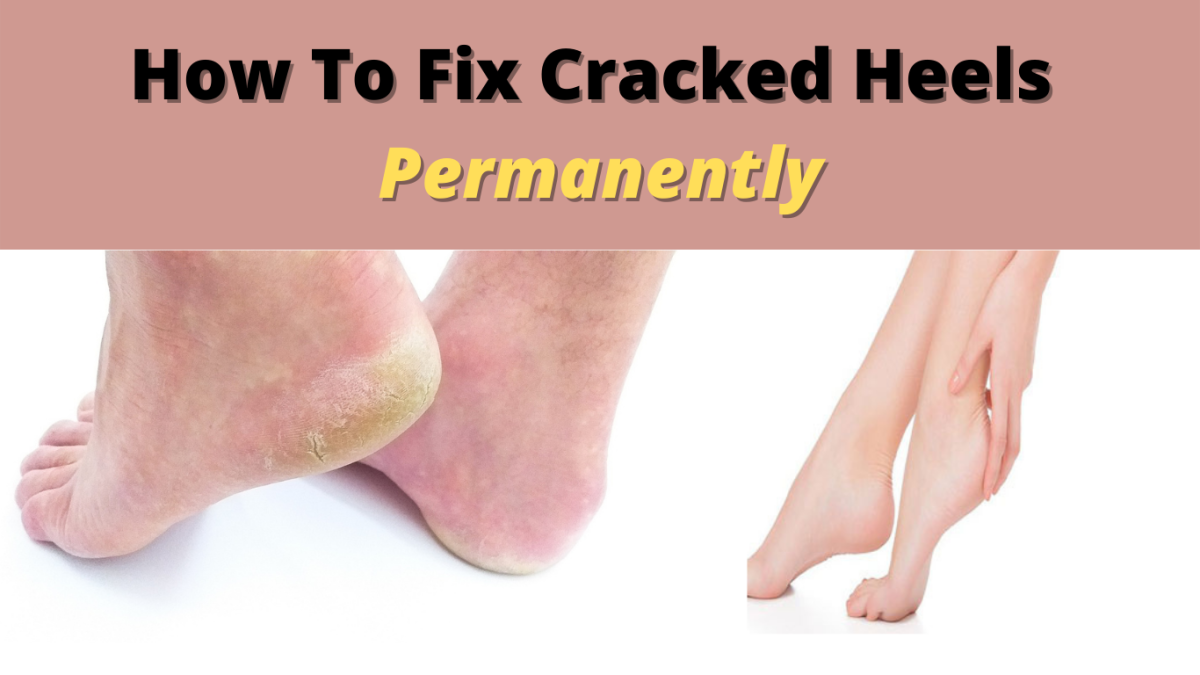Keeping Those Pesky Bugs Away: Enjoying an Itch Free Summer
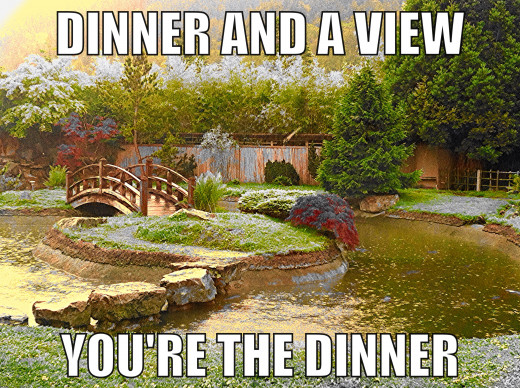
It has happened. It doesn't matter how I dressed or that I was inside most of the time, it happened. My first mosquito bite of the year. That sneaky such and such even got me through my tights!
Slowly, as the summer progresses and more barbecues are had, we remember that we need that awful smelling bug spray, that not only keeps the bugs at bay - but your friends as well!
I have good news though. I have some great tips to help avoid these sprays and replace them with more natural ones that smell better and are better for your skin, as well as some general tips to just keep those blood-suckers distracted!
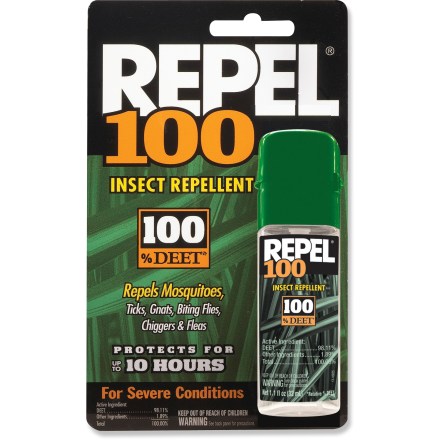
A list of cholinesterase inhibiting bug repellents
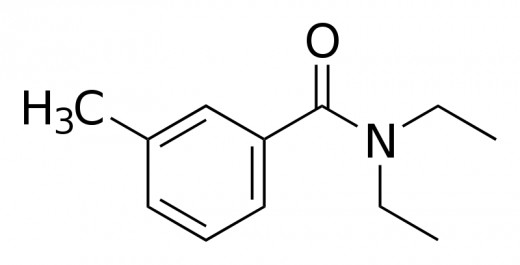
What Should Be Repelling You!
DEET (N,N-diethyl-3-methyl-benzamide) is a common insect repellent, found in many homes, whether it is known or not. It is generally the repelling ingredient in most bug-aways. It is said that it is even effective for up to 12 hours if the concentration of DEET in the lotion or spray is 100%. Over 200 million people in America use it each year, according to Bio Med Central in their research article titled "Evidence for Inhibition of Cholinesterases in Insect and Mammalian Nervous Systems by the Insect Repellent DEET"
However, it has been advised that it is not applied to any area of broken skin, as some studies have shown that DEET was the cause of seizures, which in some cases had even caused death.
A group called the Pesticide Information Project of Cooperative Extension Offices of Cornell University found and stated that those who have prolonged exposure to DEET are more likely to experience mood alterations, troubles sleeping as well as "impaired cognitive function".
In the above mentioned article, it states that DEET is a behavior-modifying chemical, and can be effective with mammals as well as insects. It is suggested that this chemical inhibits cholinesterase activity. Cholinesterase is an enzyme needed for the proper function of the nervous system in vertebrates (including humans) and insects. Exposure to this is not just through abrasions in the skin, but can be through the eyes, ingestion or inhalation. Essentially, when colinesterase activity is inhibited, it means that it blocks signals, or that they simply aren't firing. We need signals to be fired throughout our bodies so that our brain can tell our muscles to do what we need, or our nerves can tell our brain that we stubbed our toe. Because this chemical acts as a cholinesterase inhibitor, it is a neurotoxin - and one which could have long term effects.
DEET has another interesting effect upon the body. It allows the body to absorb other toxins more easily as well. For example, if a person is wearing an insect repellent which contains DEET, then goes to use a weed killer or air freshener, the toxins in these will bind to the DEET and be absorbed into the body through the skin, causing more damage.
Do you use generic Bug spray?
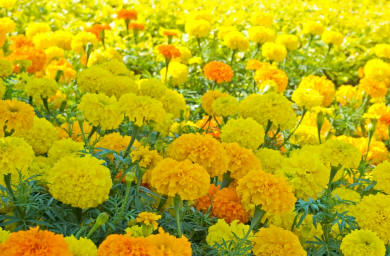
More information about these herbs
- Medicinal Uses & Health Benefits of Marigold
Marigolds are known to have plenty of health benefits because of their high content of antioxidants. Thet are also known to be a rich source of flavonoids and vitamin C. Read more - Medicinal Uses of Lavender
Medicinal properties of Lavender with practical tips and how-to's for making herbal home remedies - Catnip Herb Uses, Growing Catnip, Pictures
Catnip herbal medicine use, Nepeta cataria, Catnip pictures, natural mosquito repellent - Discovery Health: Aromatherapy - Cedarwood
Cedarwood can be used in aromatherapy preparations to repel insects, treat their bites, reduce stress, and fight acne. Learn about this essential oil. - A Modern Herbal | Eucalyptus
Providing botanical, folk-lore and herbal information, plus organic herbs, and herbal products. - Lemon balm | University of Maryland Medical Center
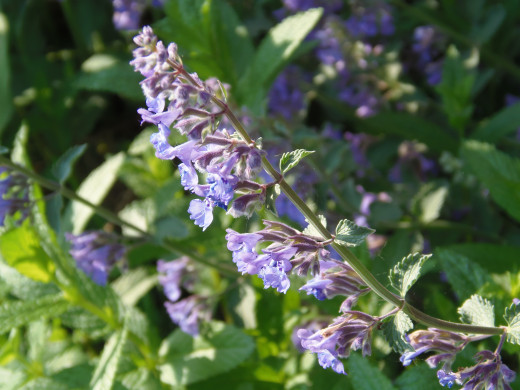
Some alternatives
There are some really great scents out there that will repel blood-suckers that can be grown in your yard and can be good for you as well! If you are unable to have your own garden, the scent of these will be enough in the form of an essential oil.
Marigold - This is a common plant in gardens. It has been known for its slug-repelling effects, but its scent is also disliked by mosquitoes. These flowers can be a beautiful addition to a salad and hold their own medicinal effects as well, such as being used for minor burns, eczema, bruising, helping to releave an oily complexion, can be used for women's problems during a bath, and can be effective against warts.
Lavender - This is a personal favorite. I want to put it in everything. It is nother edible flower that can be a delicious addition to salads, it has many aromatic therapeutic properties. Its scent can naturally be relaxing, and applied topically it can be a pain reliever for sore muscles and arthritis. It has even been studied for its effects on Alopecia areata (an allergy to one's hair). It can be used topically for eczema, and can be an antifungal and antiseptic for open wounds.
Catnip - Commonly known for its effects on cats, it can be effective against those pesky external parasites. In fact, studies have gone so far as to say that it is ten times more effective than DEET, according to a report by the American Chemical Society from Iowa State University. It is a safe-to-use herb for children, including babies, as a nervine (something which calms anxiety or the nerves), a digestive, and a tonic. A strong tea can reduce a fever associated with colds and the flu, and, externally, is great for skin irritations.
Cedar - This is a fragrance that personally reminds me of home, since I do come from the Evergreen State. It has been long known to repel moths, but its essential oil can be just as effective at repelling mosquitoes, too. It can be used as an antiseptic, against respiratory infections, ease the pain of urinary tract infections in a bath, and can help the itch of bug bites.
Eucalyptus - There are a great many good uses for this plant, aside from repelling bugs. While it does have a very strong scent, it's aromatic uses are effective for mental stimulation and easing respiratory symptoms including alleviating congestion. When rubbed on the soles of the feet, it can ease an extreme cough, and it can be used as a powerful antiseptic and antifungal - and can be great as a mouth wash.
Lemon Balm - This refreshing scent can be added to anything to make it brighter. It can be an effective anti-anxiety prop, without diminishing mental alertness. In some studies, it has been shown to be effective against herpes and its variants, while also being an antibacterial. According to the University of Maryland Medical Center, it has shown to be effective in cognitive function and has been helpful to Alzheimer's patients experiencing distress.
These are just a very very few plants that are effective at keeping the bugs away. Many of them I personally have used as a flea treatment for my cat, by blending a few of the oils together and putting the mix on his collar. A helpful hint: cats aren't opposed to using catnip as flea treatment!
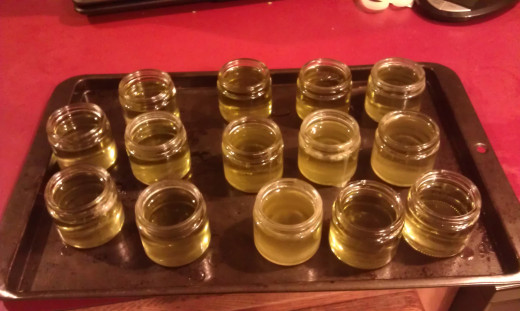
Making it happen
Now you know the helpful plants, I have a few helpful tips on how to create your own lotion to keep the bugs away, and a salve to put on the bug bites that have already appeared.
To Make a Salve You Need:
- Up to 1 oz Bee's wax - granules preferred
- 1 cup Carrier oil (I prefer hemp oil, but olive oil can work too. Be sure to buy organic!)
- 1 oz Dried herb, whichever herb you're intending to use (if you choose fresh herbs, you may want a bit more)
- Containers with lids (I use 2 oz glass containers and usually fill 6-8 of them)
- Muslin or cheese cloth
- Strainer (not a colander! The smaller the holes the better!)
This is not a science, It is an art. It might take a few attempts before nailing your perfect recipe. Be sure to record all of your attempts, and label each batch.
- Place dried herbs in a sterilized jar. If you are using whole leaves, be sure to gently grind them a little to break them a part with a mortar and pestle. It does not need to be a powder, just broken up. If you are using fresh herbs, you just want to bruise them, and loosely chop them before hand. Wash before using and be sure they are completely dry of water. This could cause mold if they are not completely dry. Pour oil over herbs, and with a chopstick, poke and stir until all the air bubbles are out.
- Put the jar in a dark and warm place for two weeks. Each day, be sure to take it out once or twice to shake it for at least two minutes.
- When two weeks are up, line the strainer with the muslin/cheese cloth, remove jar, and strain into a measuring cup. For each cup of infused oil, you will want about an ounce of bee's wax. If you were unable to find granules and could only find a brick, then you need to be sure to shave it into smaller pieces.
- Use a double boiler or make a double boiler by getting a pot with a couple inches of water in the bottom and placing an upside-down bowl or steamer at the bottom, then putting the measuring cup on top of the bowl/steamer. Bring water to a boil.
- When the water is hot, slowly add the wax, stirring it with a sterilized spoon until wax has melted.
- Once the desired amount of wax has been added and has melted, feel free to add extra essential oils for stronger properties or a stronger scent. Honey can act as a good preservative, and I like to add vitamin E to help nourish my skin. After everything has dissolved and been stirred in, carefully pour the mix into your containers, and place in the fridge to cool and solidify. Do not add the caps or cover until they are cool.
To make a lotion, follow the above steps 1-5, though add, at the most, half the amount of wax. I usually average at about 1/4-1/3 an ounce. The more wax you add, the thicker the lotion, which can be difficult if your lotion container has a pump.
You will also need to add distilled water to the list of ingredients. Use equal parts water to oil. If your ending measurement of infused oil was 2/3 cup, use the same amount of water. Be sure to infuse your distilled water with your herb(s) as well. For example, if you are making a lotion with lavender, catnip, eucalyptus and marigold, make a strong tea using those herbs. Let it cool completely. Then place in a blender.
Once you have reached the above step 5, instead of adding to the container, have your blender going with the infused water inside and the blender lid on with the middle taken out. Slowly pour the oil and wax mixture into the blender. Keep blending until mix is completely smooth, but do not over blend.
The mix should be warm from the heated oil, so it won't be as thick as the end result. Take advantage of this state and pour it into your lotion containers.
Resources
- 5 Easy to Grow Mosquito-Repelling Plants | Eartheasy Blog
Before reaching for the chemical sprays, try planting these easy-to-grow plants which have natural mosquito-repelling properties... - Safe Bug Spray - NRDC
DEET keeps the bugs away, including mosquitoes and ticks that carry serious diseases. But it also carries risks of its own. Should you use it? - DEET - Wikipedia, the free encyclopedia
- DEET Chemistry - dimethyltoluamide or DEET
Learn about DEET, dimethyltoluamide, one of the most commonly used topical insect repellents. - DEET Chemistry - dimethyltoluamide or DEET
Learn about DEET, dimethyltoluamide, one of the most commonly used topical insect repellents. - Cholinesterase Tests: The Test
Describes how cholinesterase tests are used, when cholinesterase tests are ordered, and what the results of a cholinesterase test might mean

